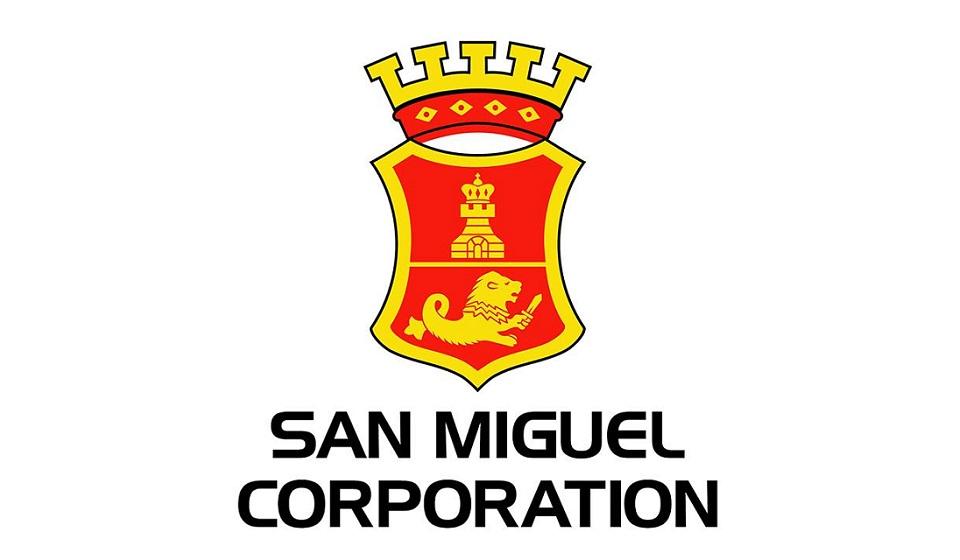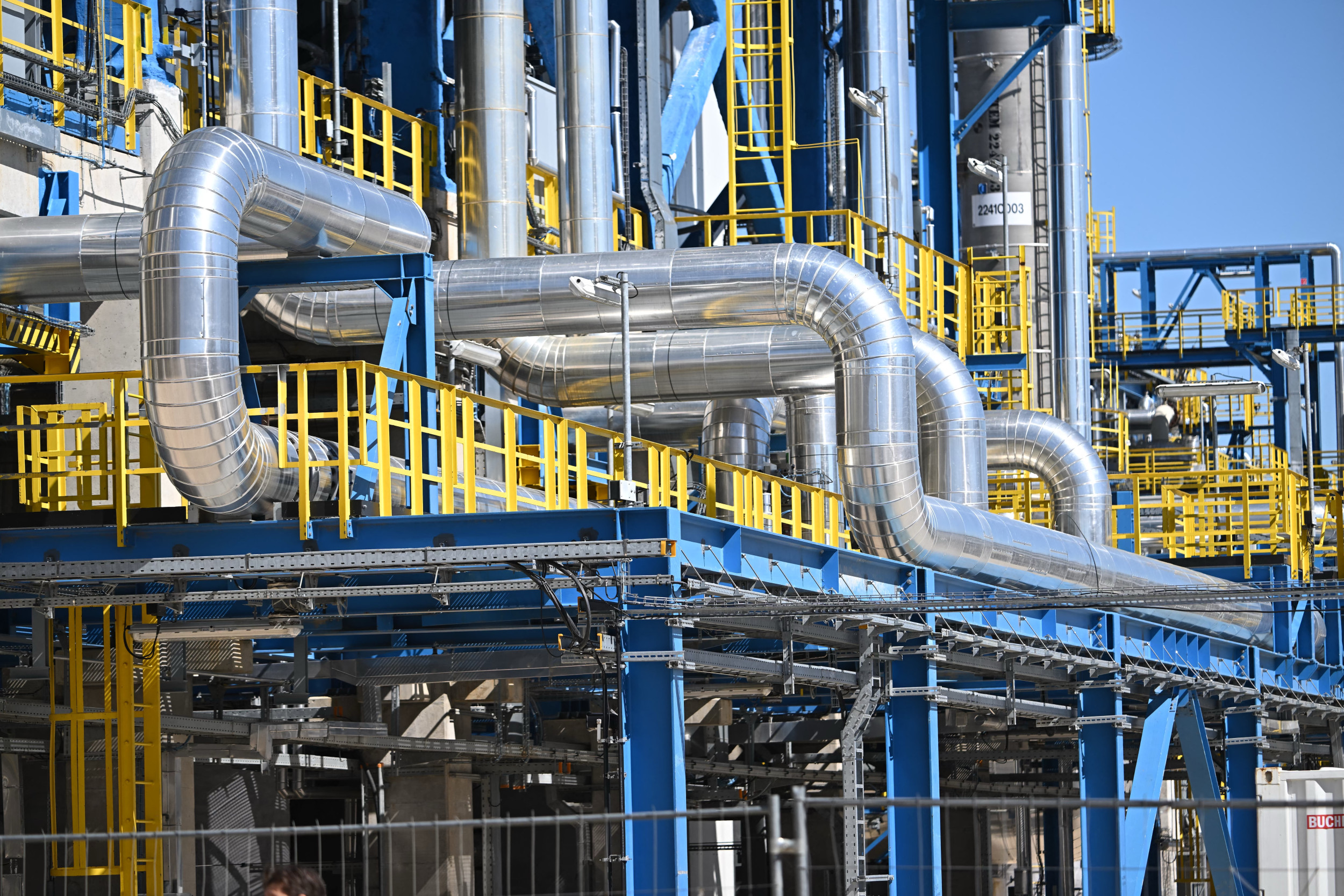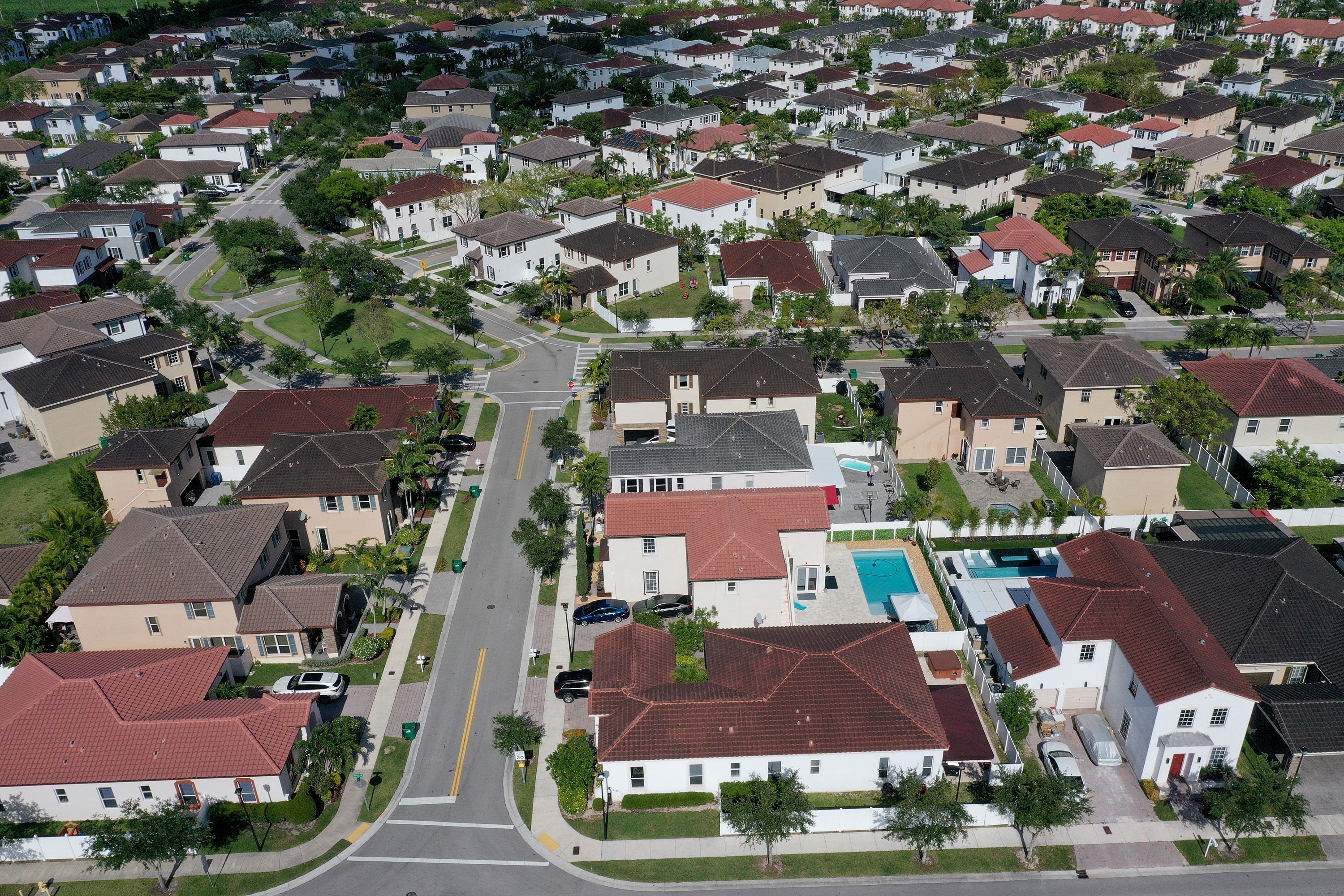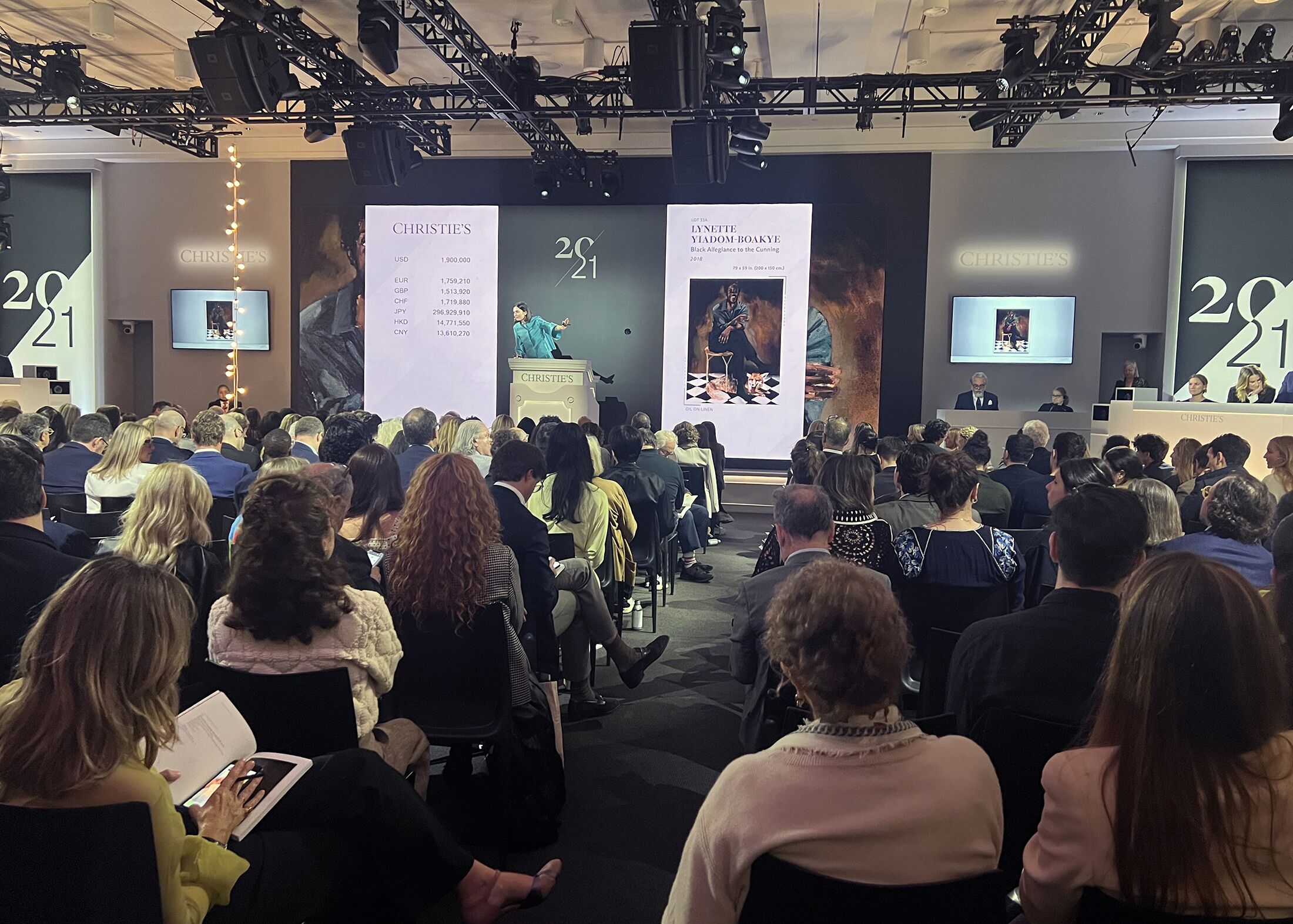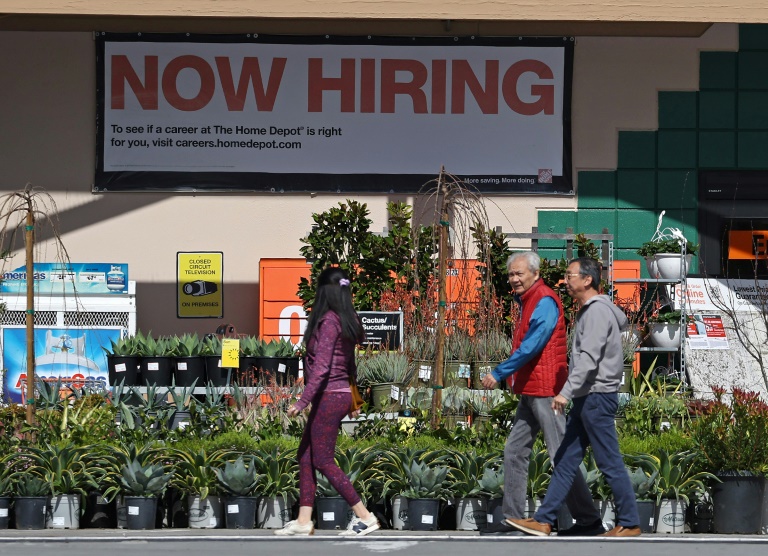
US HIRING SLOWS MORE THAN EXPECTED IN SIGN OF COOLER MARKET
US job growth was markedly below analyst expectations in April while unemployment crept up, government data showed Friday, signaling that the labor market is cooling.
But with the world's biggest economy adding 175,000 jobs last month according to the Department of Labor, hiring appears still resilient despite the lower reading than 315,000 in March.
Analysts had expected growth of 250,000 jobs, according to Briefing.com.
The jobless rate edged slightly higher from 3.8 percent in March to 3.9 percent last month.
"The great American comeback continues," said US President Joe Biden. He noted that unemployment has been under four percent for 27 months in a row.
But "there's more work to do," he said, adding that he wants to lower the costs of rent and homeownership, and make healthcare more affordable.
While hiring has decelerated, the number of jobs added in April remains well above 100,000 –- the average level that some economists say is needed to keep the unemployment rate steady.
The latest figures could prove encouraging for policymakers looking to cool the economy gradually.
Apart from an easing in hiring figures, officials are also looking to a slowdown in pay gains as they seek to bring inflation lower in the long run.
In April, wage growth came in at 0.2 percent on a monthly basis from 0.3 percent in March, Labor Department data showed.
From a year ago, average hourly earnings were 3.9 percent higher in April -- slipping below 4.0 percent for the first time since 2021.
- 'Broad cooldown' -
The latest figures confirm that "a broad cooldown in labor market conditions is underway," said EY senior economist Lydia Boussour.
"We foresee softer labor market conditions with cooler hiring, localized layoffs, and a continued moderation in wage growth," she said.
Analysts noted that government hiring looked to be slowing while a similar trend in the private sector is spread across both goods and services.
"Businesses -- especially small firms -- are responding to the lagged effect of the huge increase in interest rates and the tightening in lending standards," said Pantheon Macroeconomics chief economist Ian Shepherdson in a note.
These have made working capital much more expensive and harder to obtain.
A solid labor market has helped to prop up consumption and economic growth despite higher interest rates, which typically makes borrowing pricier for households and businesses.
The situation has allowed Federal Reserve Chair Jerome Powell to push back this week against talk of stagflation -– a scenario involving slow growth, high unemployment and elevated inflation.
At a Wednesday press conference, he told reporters: "I don't see the 'stag,' or the 'flation'."
- Rate cuts? -
The readings should help central bank officials "start to regain confidence that inflation can get back on a path to two percent," said Nancy Vanden Houten, lead US economist at Oxford Economics.
The Fed maintained the benchmark lending rate at a 23-year high this week, citing a lack of further progress in lowering price increases.
But Powell said the central bank is ready to respond to an unexpected weakening in the jobs market.
Current readings "support the view that rates cuts –- and not hikes –- are the base case scenario for the Fed this year," said economist Rubeela Farooqi of High Frequency Economics.
Analysts largely expect the central bank to start lowering rates in September, while acknowledging that the calculus could change if data proves gloomier than expected.
The report is not "bad enough to trigger a wholesale rethink at the Fed, but things will be different if the July numbers are weaker still," said Shepherdson of Pantheon.
bys/st
2024-05-03T13:14:44Z dg43tfdfdgfd





